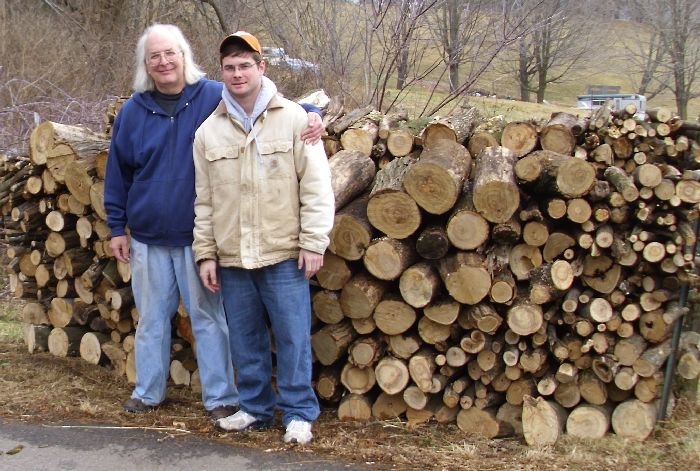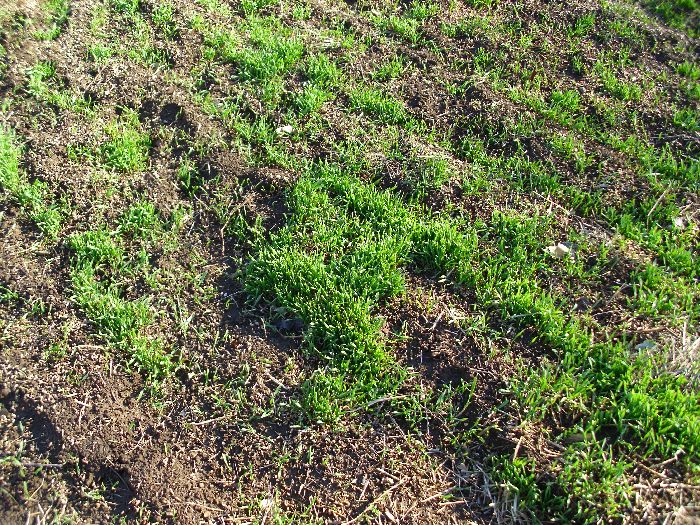So far, our winter in this part of Wisconsin has been absurdly mild. In fact, we don’t have any snow on the ground. The temperatures have been up to 20 degrees above normal for most of the winter as well. All of these conditions might sound perfect to some people, but they had me worried. Over the years, I’ve learnt a lot about how to prepare our homestead for a harsh winter. I have had to learn which fuel is better for heating purposes, make sure we’ve got enough food supplies, and keep our land protected. However, I’ve also learnt when things are too good to be beneficial. The lack of snow means less moisture in the spring when we really need it to get annual plants going. The lack of a deep freeze could affect some of our perennial plants as well because they depend on the deep freeze. Consequently, despite the hardships that a storm will cause, I’m actually looking forward to the storm that will arrive on our doorstep tomorrow. The weather service is currently predicting temperatures in the teens (cool, but not quite cold yet), 7 to 9 inches of snow, and relatively high winds (which make for some dandy snow drifts). Of course, we won’t actually know what the weather will be until we see it.
The storm warnings are important, even if the weather service has missed the mark by a mile (they often do). Rebecca and I need to prepare for the storm because we could be snowed in for several days. Things have improved since we moved in here-we do get plowed out a bit earlier than in the past, but even so, we don’t take any chances. I have a checklist of things I do to prepare for a winter storm.
- Test the snow blower
- Test the generator
- Check wood levels
- Check gasoline levels
- Check propane levels
- Ensure we have enough salt and sand
- Check perishables in the refrigerator
- Check on pet food levels
- Verify that we have fodder for the outside animals
- Strap everything down
Our generator can run for about eight hours on a single tank of gas and we normally stock enough gas to fill it twice. We won’t run it continuously even if the power fails to ensure we have enough to maintain the refrigerator and freezer, and to pump water (we have our own well, so having electricity to run the pump is important). Of course, the septic system also requires electricity to run its pumps. I do run the electricity while working because naturally, computers require power. If you don’t have a back up electricty source, you may need to contact a local electrician melbourne cbd for example.
Fortunately, we don’t need electricity for quite a few other requirements. For example, because we use wood heat and don’t rely on a blower to distribute it, heating our home doesn’t require electricity. We also got rid of our electric stove, so we can cook food on our gas range without any electricity.
What does all this mean for you? Everyone should have a plan in place for storms, both summer and winter. You should create a checklist of items that you need to check before a storm hits. Take time to create one now–at a time when you have the time to think things through carefully. Maintain your list so that it remains pertinent to your requirements and to improve it so that there are fewer holes in your storm coverage. Consider issues for your particular situation. For example, I don’t need to store large quantities of water because I have my own personal well and my generator can supply power to it as needed. However, if you don’t have a well, then you need to consider storing water for use during a storm that knocks out the water supply. Because I live in a rural area and always need a good medical kit, I don’t have to check it as a separate item–this is something we’re constantly checking anyway. If you live in the city and rely on the availability of local health care, you very likely need to check your medical kit to ensure that nothing is outdated or missing. It’s worth noting down the details of a few contractors too, like https://seiroofing.com/, so you know who to call should your home sustain any serious damage.
Creating a checklist of this sort is an essential part of being self-sufficient. Self-sufficiency during and after a major storm is one of the few forms of self-sufficient living that everyone can and should participate in. What sorts of things do you consider for your storm needs? Let me know at [email protected].


